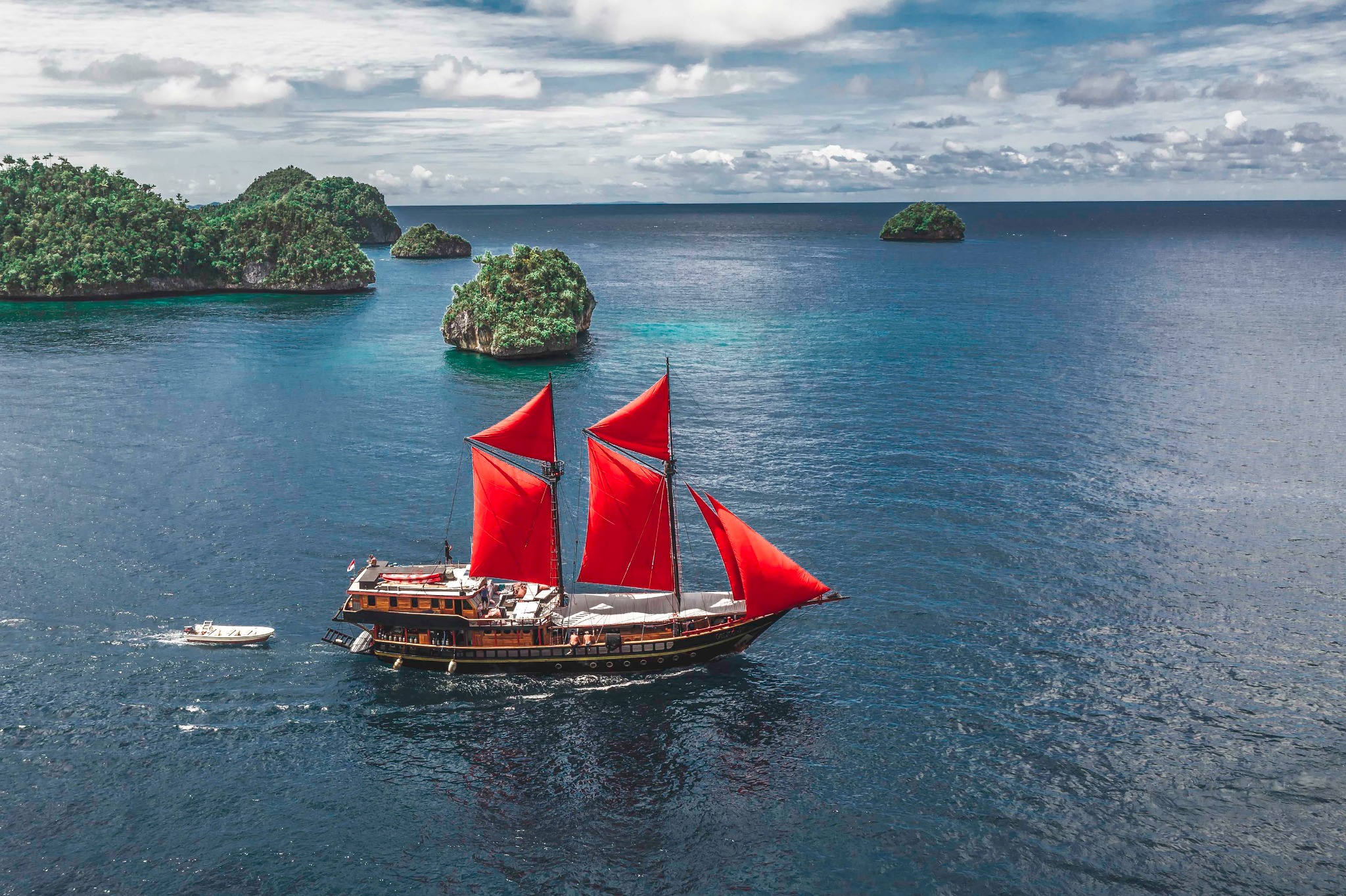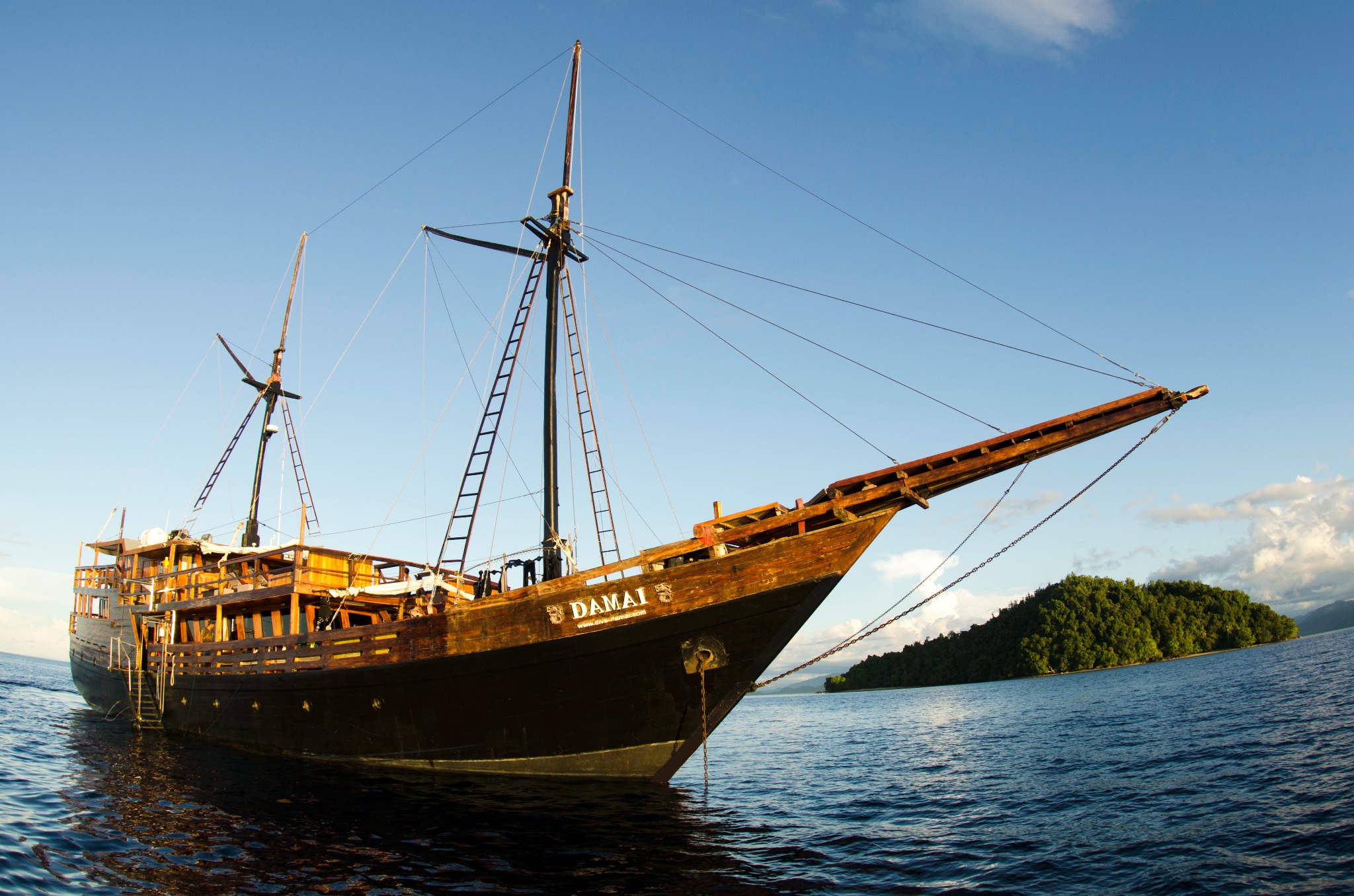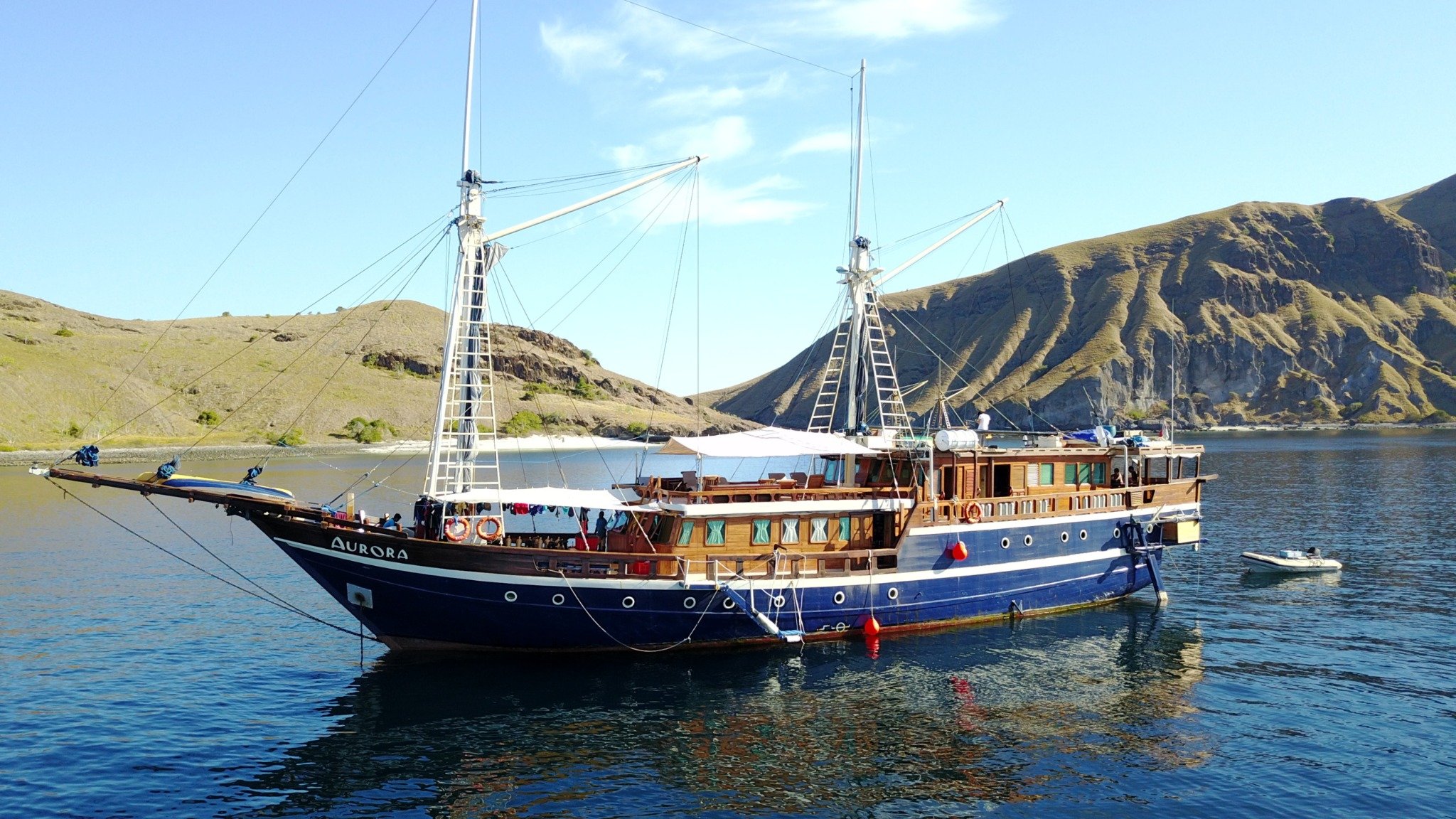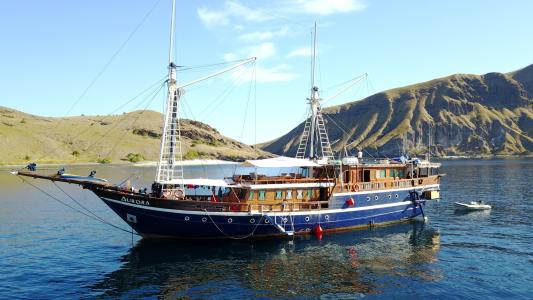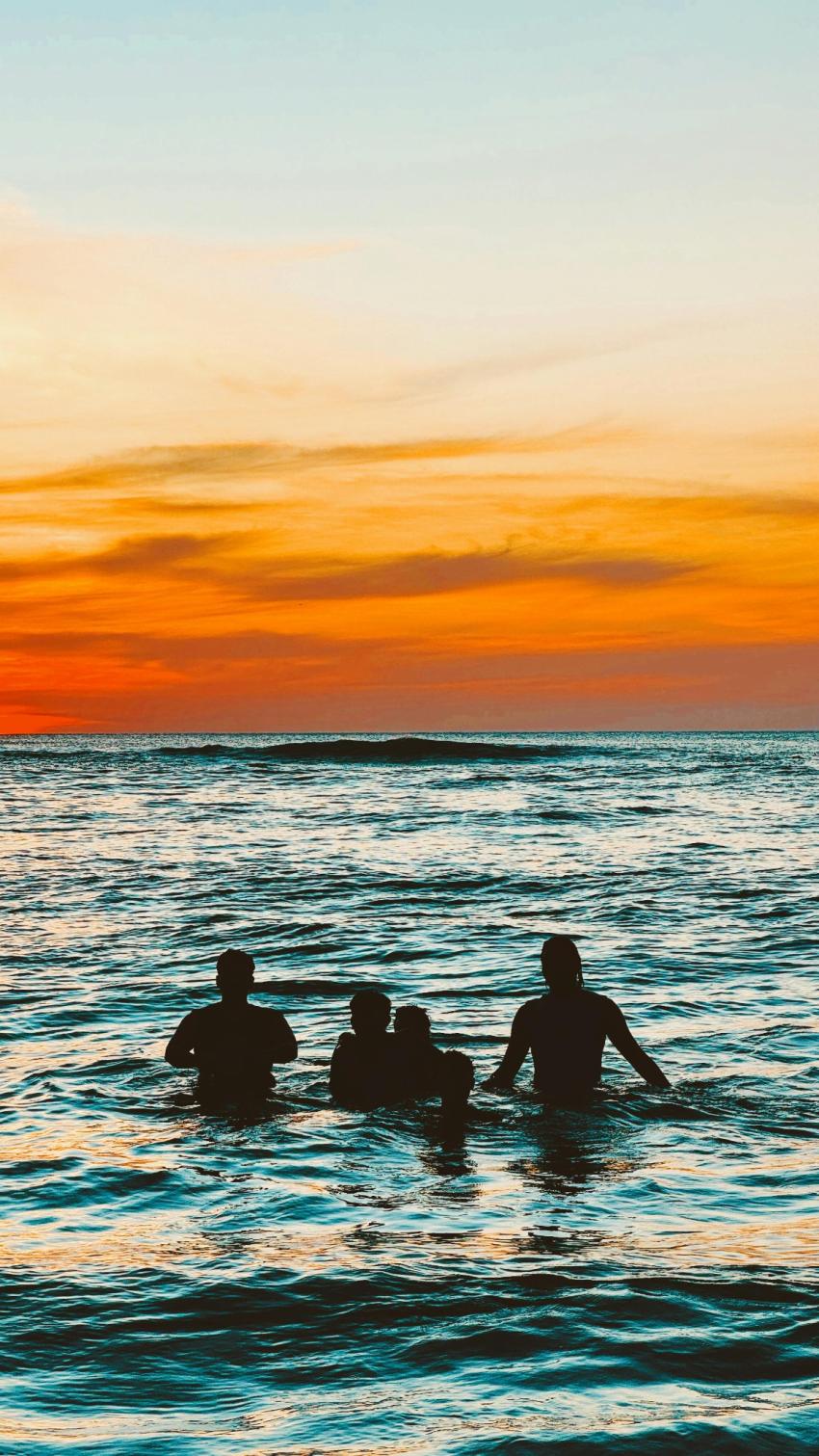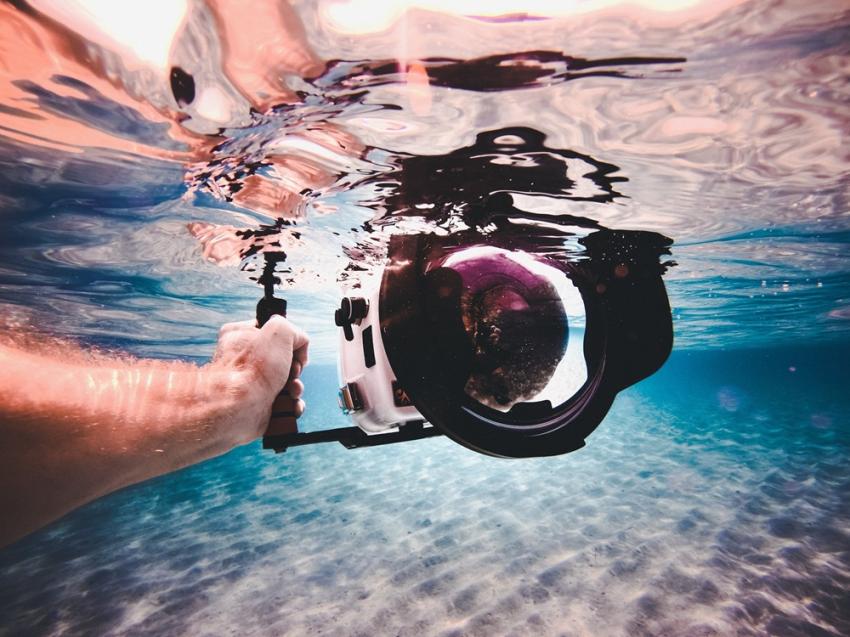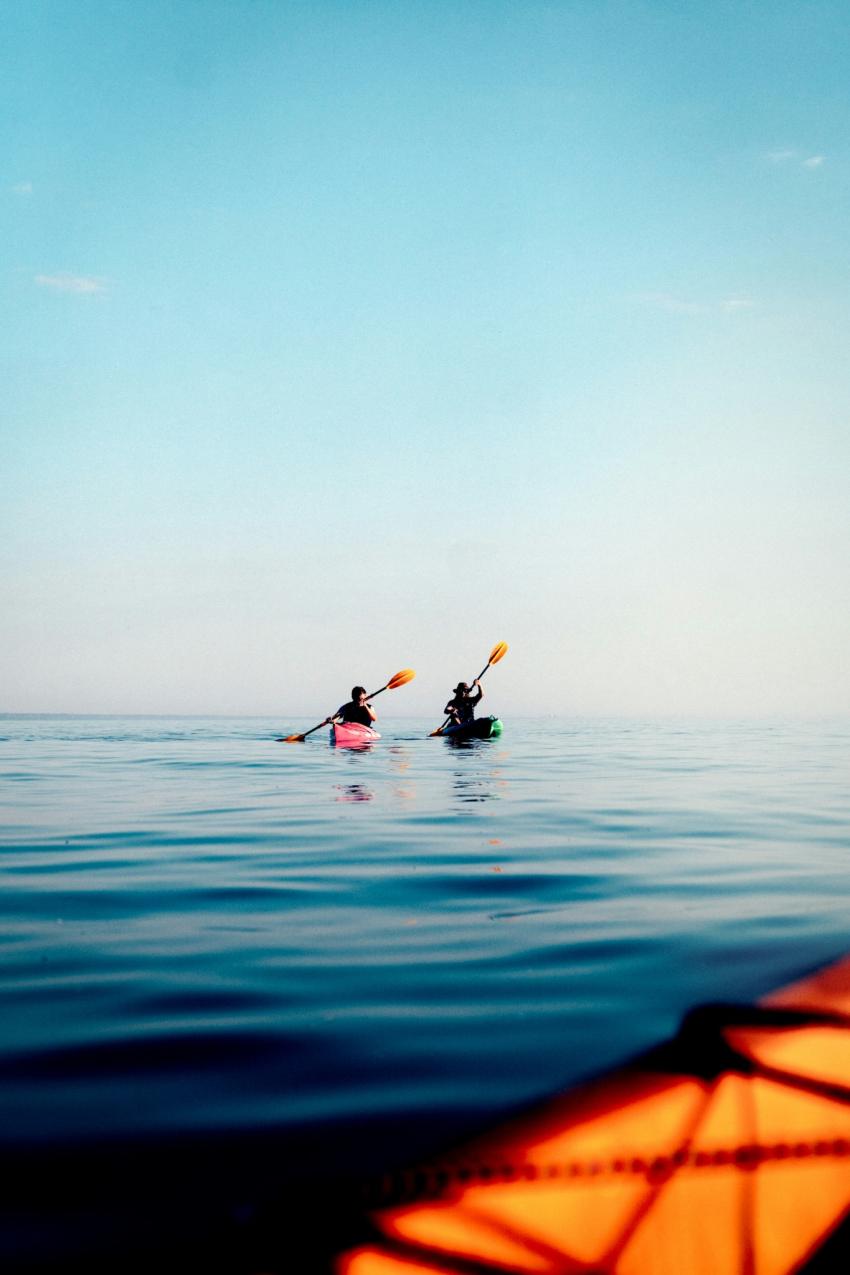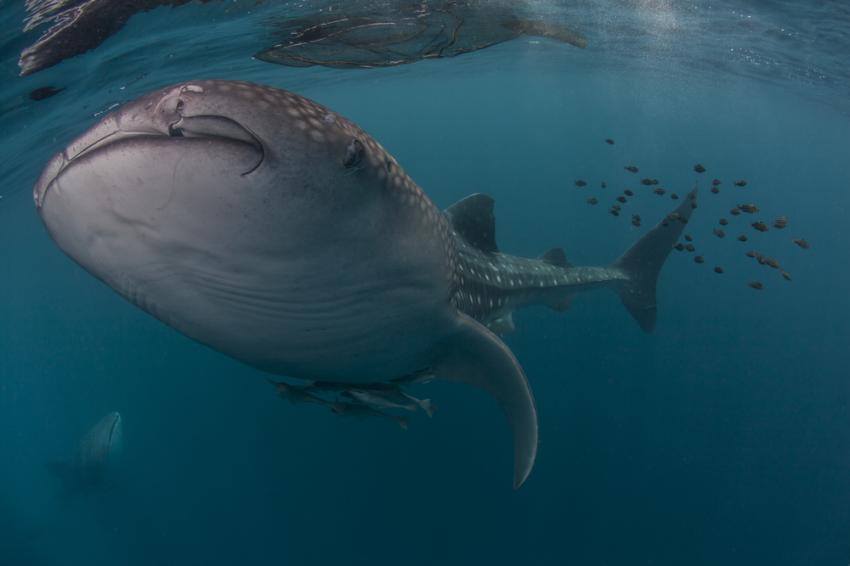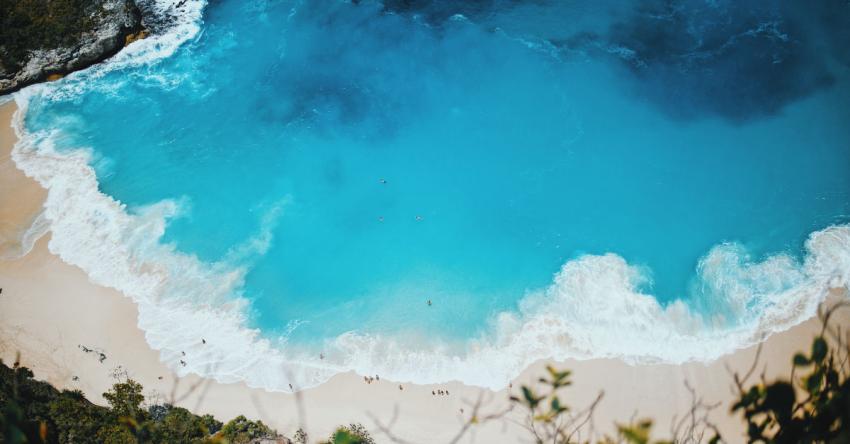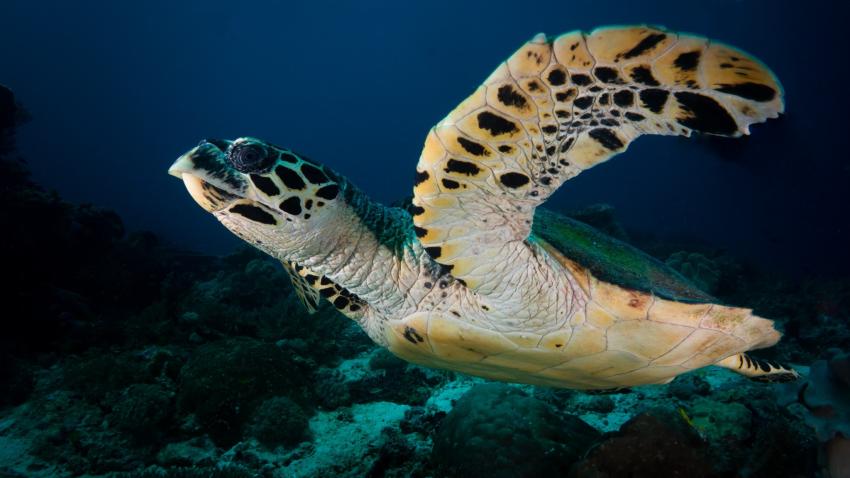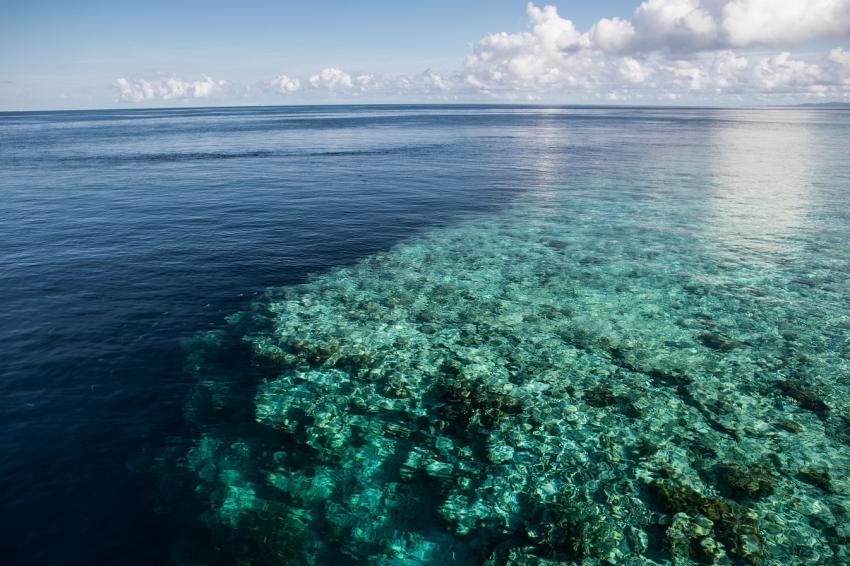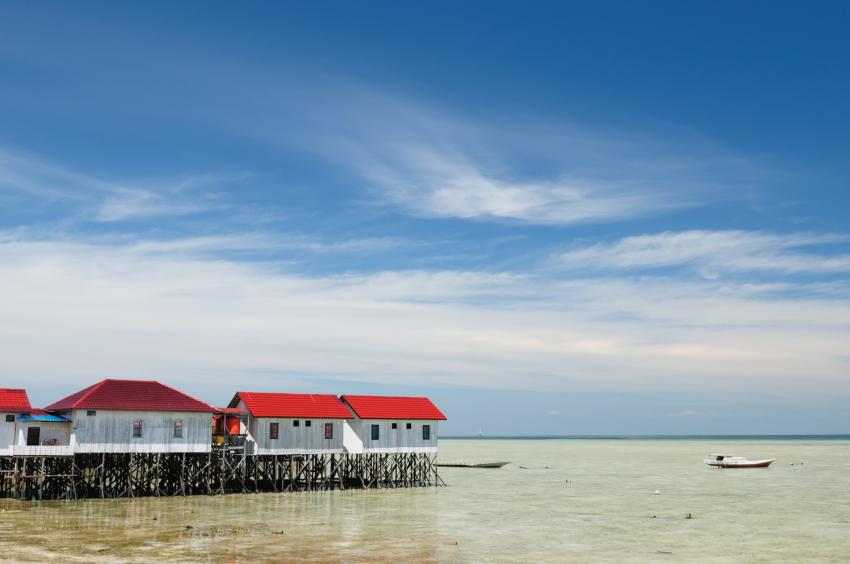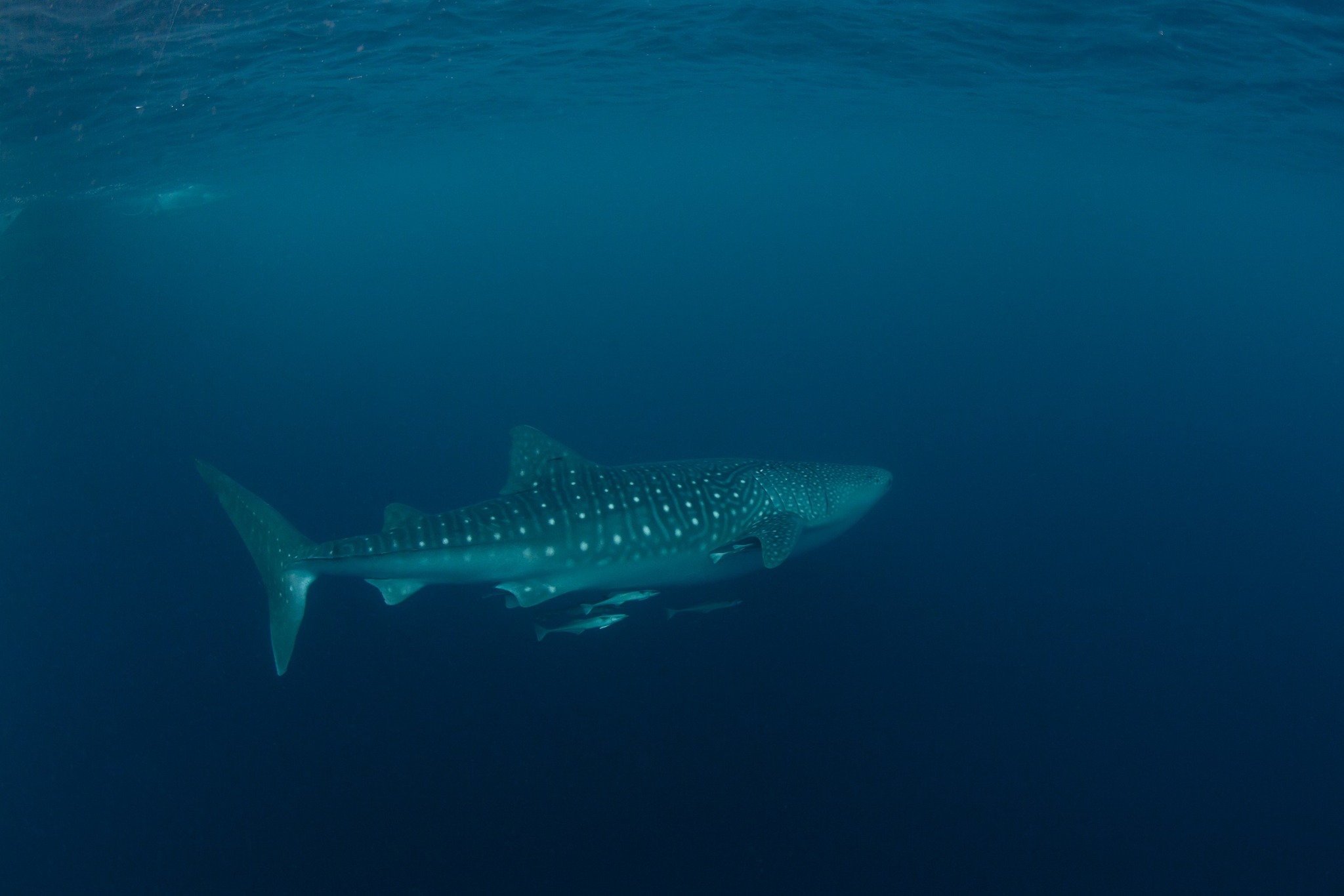
Cenderawasih Bay Liveaboard Diving
60% of divers returns to us
Best Cenderawasih Bay Liveaboards
Cenderawasih Bay Liveaboard Deals
Handpicked Cenderawasih Bay Liveaboard Collections
Scuba Diving in Cenderawasih Bay
Diving in Cenderawasih Bay unveils a world of remarkable marine life. The bay is renowned for its unique feature: the presence of whale sharks, and gentle giants of the ocean. Divers have the incredible opportunity to swim alongside these magnificent creatures, observing their graceful movements and sheer size. The bay's warm and nutrient-rich waters attract these majestic creatures, providing a rare and awe-inspiring experience.
Beyond the captivating encounters with whale sharks, Cenderawasih Bay offers a rich tapestry of marine biodiversity. Vibrant coral reefs teem with an array of colorful fish, from tiny reef inhabitants to larger pelagic species. Divers may also spot manta rays gliding through the water, their wings spanning gracefully as they feed on plankton. Other inhabitants of the bay include turtles, schooling barracudas, and a variety of reef sharks.
The underwater landscapes of Cenderawasih Bay are equally enchanting. Coral gardens stretch as far as the eye can see, displaying a mosaic of shapes, colors, and textures. Intricate coral formations provide shelter to a multitude of marine life, while seagrass beds serve as feeding grounds for seahorses and other fascinating critters. The bay's topography includes gentle slopes, captivating drop-offs, and submerged pinnacles, adding a sense of exploration to each dive.
The nearest airport to Cenderawasih Bay is Frans Kaisiepo Airport (BIK) in Biak, Papua. To get to Biak, you will typically need to book a domestic flight from one of the major international airports in Indonesia, such as Jakarta, Bali. Several airlines offer regular flights to Biak, and the flight duration can vary depending on your departure location
Must See Cenderawasih Bay Dive Sites
As you embark on a liveaboard diving adventure in Cenderawasih Bay, you open the door to a world of underwater wonders. This unique experience allows you to delve into the popular dive sites of the bay, immersing yourself in the vibrant marine ecosystem while enjoying the comfort and convenience of a liveaboard vessel.
One of the must-visit sites is Kwatisore, where encounters with majestic whale sharks await. Dive alongside these gentle giants, witnessing their graceful movements and sheer size. The freedom of a liveaboard allows you to spend ample time in the water, observing and capturing incredible moments with these magnificent creatures.
Mioswaar is another highlight, known for its thriving coral gardens and diverse marine life. Dive into crystal-clear waters, surrounded by a kaleidoscope of colorful fish and fascinating coral formations. With the flexibility of a liveaboard, you can explore multiple sections of Mioswaar, uncovering its hidden treasures with each dive.
The captivating site of Roon beckons with its awe-inspiring underwater landscapes. Drift along walls adorned with vibrant soft corals, sponges, and magnificent gorgonian sea fans. Marvel at the dramatic drop-offs and submerged pinnacles, as you encounter a rich variety of marine species that call this place home. With a liveaboard, you have the luxury of exploring different sections of Roon, ensuring a comprehensive and unforgettable diving experience
When To Go Diving in Cenderawasih Bay
The best time to go diving in Cenderawasih Bay is during the dry season, which typically spans from October to April. During this period, the weather is generally calm, offering excellent diving conditions with good visibility and minimal rainfall. However, diving is possible year-round in Cenderawasih Bay, and each season offers unique experiences.
The underwater temperature in Cenderawasih Bay averages around 27-30°C (81-86°F). The water is pleasantly warm, making it comfortable for divers to explore the vibrant marine environment. It's recommended to wear a thin wetsuit or rash guard for protection against the sun and potential stings from marine organisms.
Cenderawasih Bay experiences mild to moderate currents, varying depending on the specific dive site and tidal conditions. Some areas may have stronger currents, which can attract larger marine life and create thrilling drift dives. It's advisable to consult with local dive operators or guides who have knowledge of the current conditions and can provide guidance on the best dive sites suitable for your skill level
